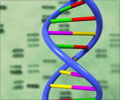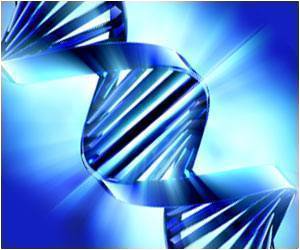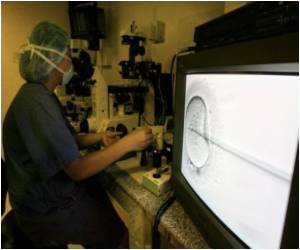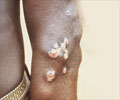Using metagenomics, researchers have been able to reconstruct the genome sequence of an outbreak strain of Shiga-toxigenic Escherichia coli (STEC).

"The outbreak of Shiga-toxigenic Escherichia coli, which struck Germany in May-June 2011, illustrated the effects of a bacterial epidemic on a wealthy, modern, industrialized society, with more than 3,000 cases and more than 50 deaths. During an outbreak, rapid and accurate pathogen identification and characterization is essential for the management of individual cases and of an entire outbreak. Traditionally, clinical bacteriology has relied primarily on laboratory isolation of bacteria in pure culture as a prerequisite to identification and characterization of an outbreak strain. Often, however, in vitro culture proves slow, difficult, or even impossible, and recognition of an outbreak strain can be difficult if it does not belong to a known variety or species for which specific laboratory tests and diagnostic criteria already exist," according to background information in the article. Metagenomics has been used in a clinical diagnostic setting to identify the cause of outbreaks of viral infection.
Nicholas J. Loman, M.B.B.S., Ph.D., of the University of Birmingham, England, and colleagues conducted a study to explore the potential of metagenomics to identify and characterize (by determining genome sequence data) bacterial strains from an outbreak without the need for laboratory culture. For this retrospective investigation, 45 samples were selected from fecal specimens obtained from patients with diarrhea during the 2011 outbreak of Shiga-toxigenic Escherichia coli (STEC) O104:H4 in Germany. Samples were subjected to sequencing (August-September 2012), followed by a 3-phase analysis (November 2012-February 2013).
In phase 1, a draft genome of the outbreak strain was constructed, using data obtained the HiSeq 2500 instrument in rapid-run mode. Outbreak-specific sequences were identified by subtracting sequences from the outbreak metagenome that were present in fecal samples from healthy individuals. In phase 2, the depth of coverage of the outbreak strain genome was determined in each sample. In phase 3, sequences from each sample were compared with sequences from known bacteria to identify pathogens other than the outbreak strain.
"During phase 2, the outbreak strain genome was recovered from 10 samples at greater than 10-fold coverage and from 26 samples at greater than 1-fold coverage. Sequences from the Shiga-toxin genes were detected in 27 of 40 STEC-positive samples (67 percent). In phase 3, sequences from Clostridium difficile, Campylobacter jejuni, Campylobacter concisus, and Salmonella enterica were recovered," the authors write.
"Using metagenomics, we have been able to recover a draft genome sequence of the German STEC strain without the need for laboratory culture. We found that in most patients with STEC-positive samples, the outbreak strain of E coli accounted for a sizeable proportion of microbial sequences."
Advertisement
Source-Eurekalert















